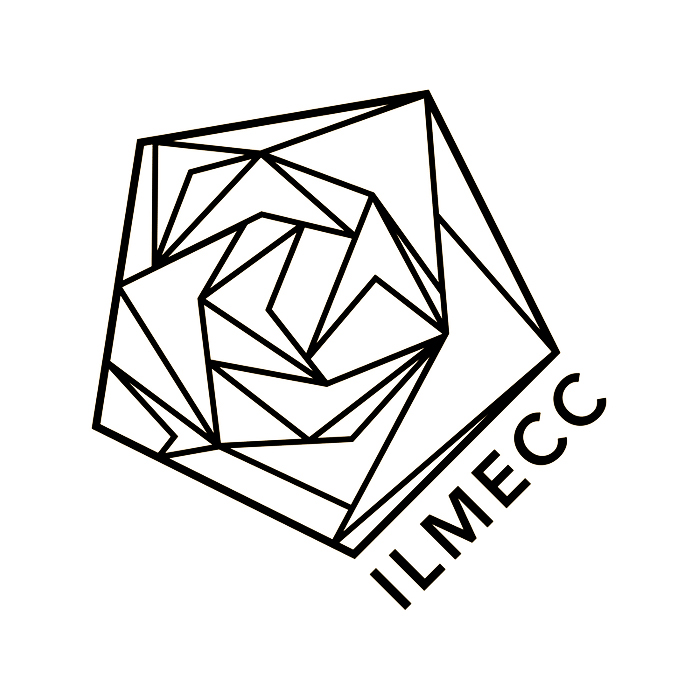EAST GALLERY:1989-2019
30 years after the fall of Berlin Wall
(3 editions)
The art exhibit of paintings, artistic installations and short films focuses on the “30-year anniversary of the fall of Berlin wall”.
This project on historical memory is developed thorough creative expression, and is addressed to young generations since building the future is based on the ability to remember, on testimonies of those who have lived, and on a past to pass on.
International artists discuss a historic event that has marked a break in the western hemisphere – the fall of the Berlin wall – that is an end without returning of the Cold War, of decades of tensions between Eastern and Western Europe where parallel worlds and discordant ideologies existed. The fall of a historical era has suddenly transformed and absorbed different cultures, has brought worlds together which were forced to be apart. These changes have occurred so quickly, which were also accelerated by an ever-pressing technologies in everyday life, that prevented truly absorbing and again elaborating historical facts, and those events that affected Iron Curtain countries from the post-war period to 1989.
The last three decades seem much more distant from the first years after World War 2 than the year 1989 though. Although with very different styles and ways, art with its language, that is common to people with different languages and from different cultures, can bring together and lead back to memory path.

Iacopo Pinelli,
Tension, 2019, glues, fabric, chalk, wood, steel cable, 100x100x60cm.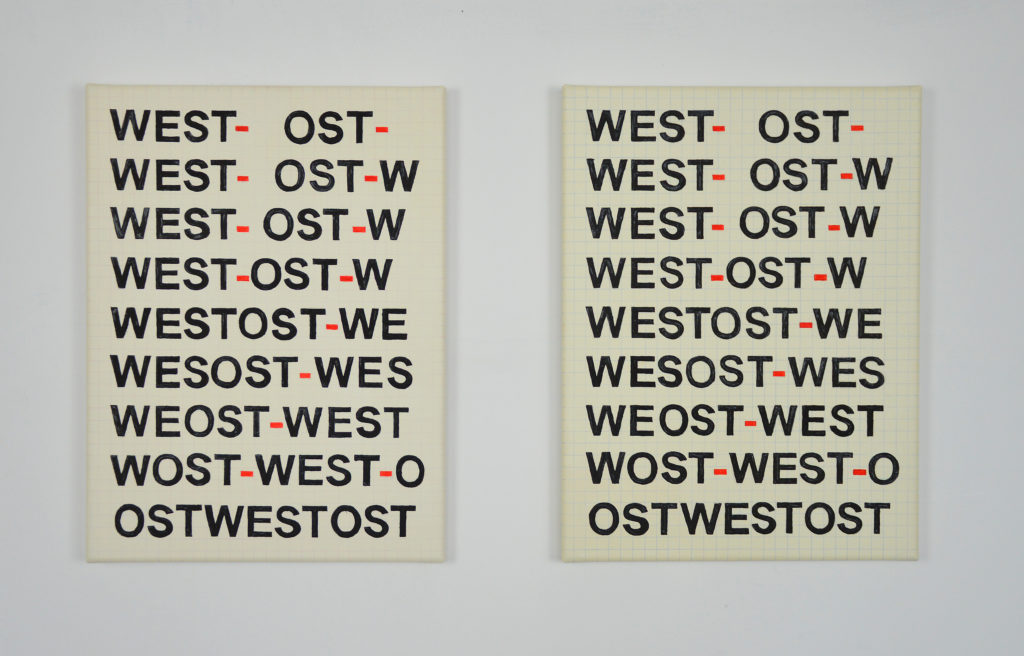
Francesco Gioacchini,
I learned the difference between east and west at school, 2019, diptych, paint marker and oil on canvas, 40x30cm (each).
Veronika Weidauer,
Western Wall, 2019, acrylic on canvas, 50x70cm.
Maria-Laura Şonfălean,
Silence beyond the wall, 2018, oil on linen cardboard, 30x40cm.
Maria-Laura Şonfălean,
Silence beyond the wall, 2018, oil on canvas, 100x145cm.
Elena Salvatelli,
Brain in a box,2019.
Salvatore Ramaglia,
WAL, 2019, polystyrene on plywood acrylic painted, 100x200cm.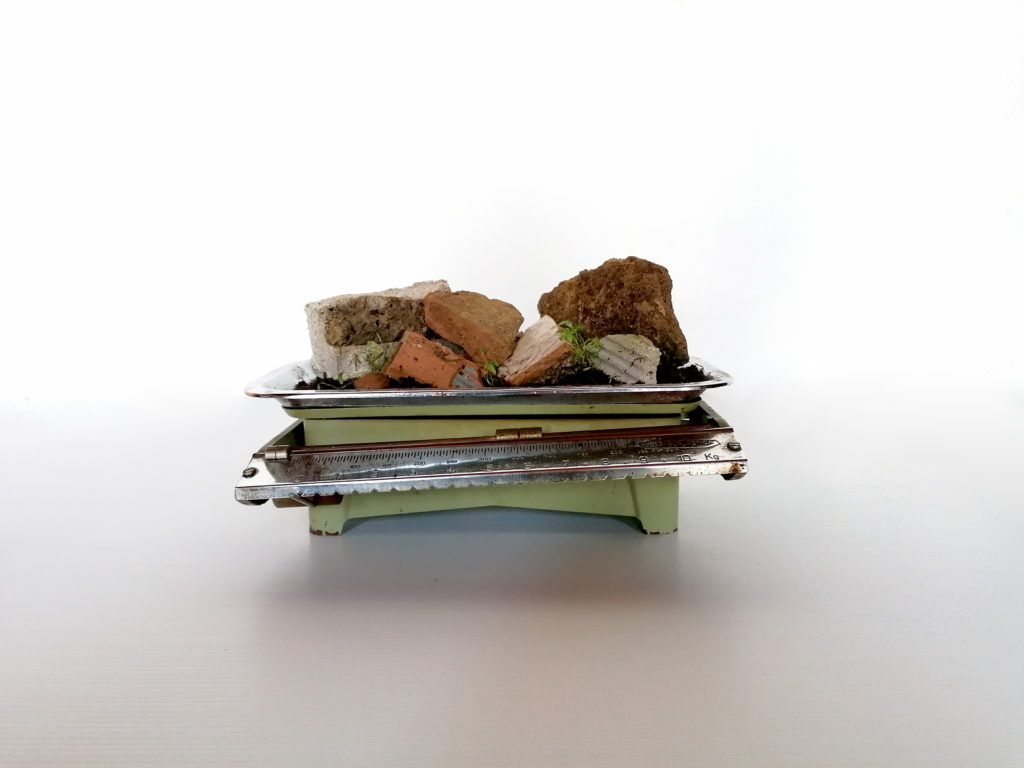
Alessandra Morosetti,
Weightless, 2019, iron scale, soil, dichondra repens, tuff, clay and cement. 35x18x25 cm.
Mirjana Milenkoska,
МАЈ ПИУ МУРИ (Walls no more), 2019, mix technique on plexiglass, (collage, marker, post-it’s and led lights), 100×100 cm.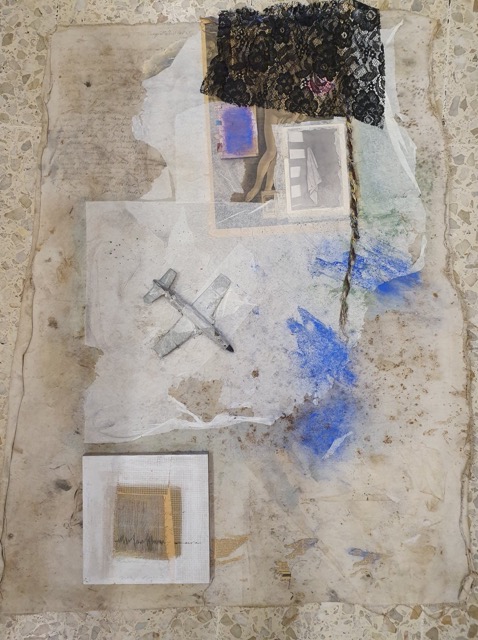
Teresa Marasca,
Traveling to Berlin, 1990-2019, mixed technique, collage of three-dimensional objects, strings and pigments on recycled canvas) 105x130cm.
Milica Jankovic 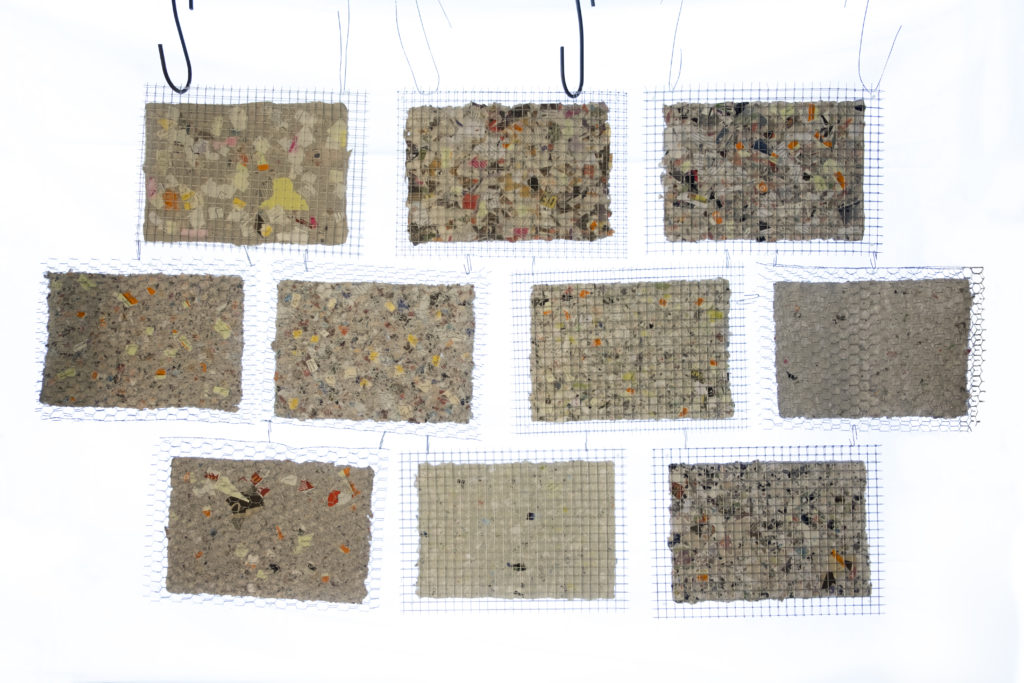
Alessia Galassi,
The code of silence wall, 2019, mixed technique, 180x120cm.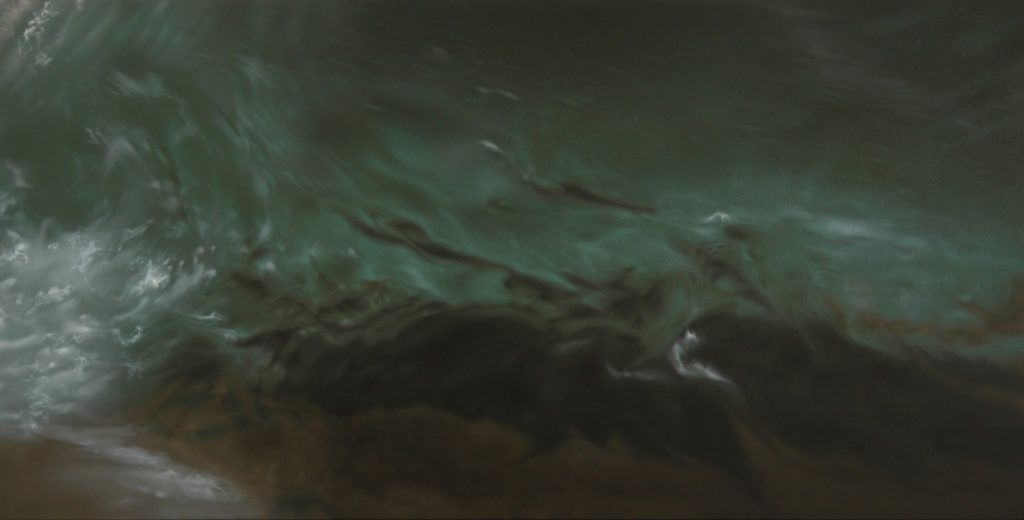
Mădălin Ciucă,
Untitled, 2009, oil on canvas, 120x60cm.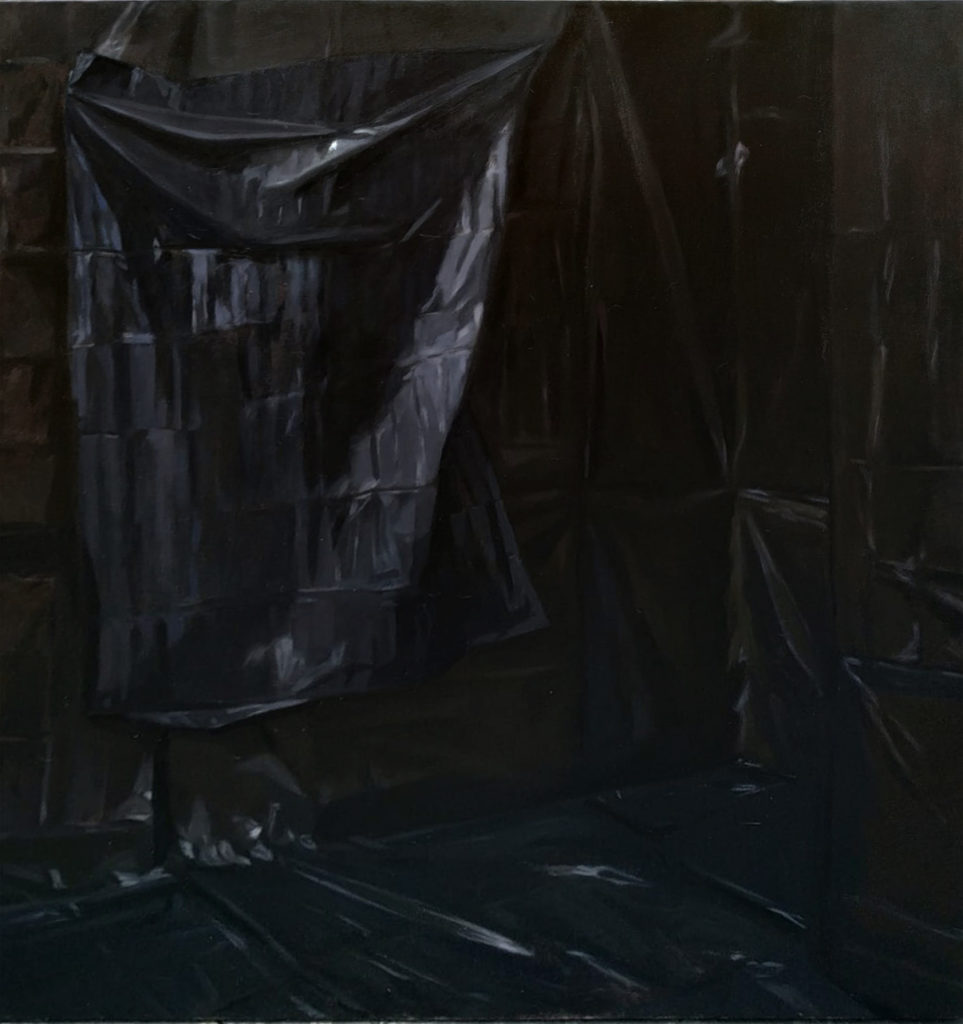
Ionela Blaj,
The Iron Curtain, 2019, oil on canvas, 100×120 cm.
Liz Castelletti,
Yesterday, 2018, engraving on poplar planks, 18×25 cm.
Bogdan Drancă,
The naked man, 2019, pastel and charcoal pencil on canvas, 96x132cm.
Ado Brandimarte, Enduring, 2018, alabastrine plaster, 25x12x20 cm.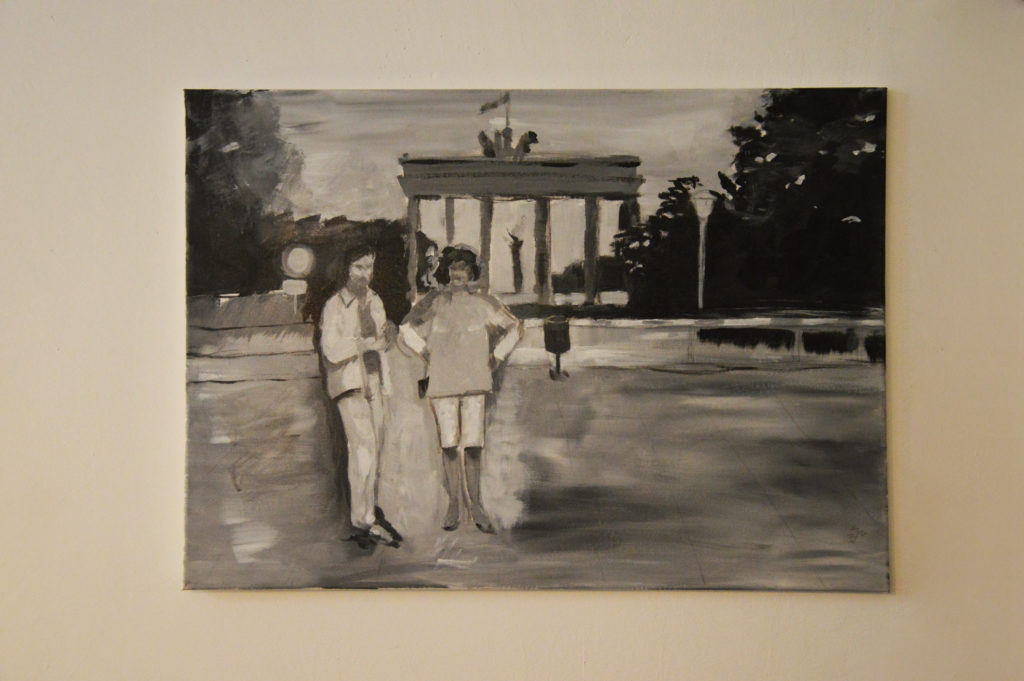
Veronika Weidauer,
Eastern Wall, 2019, acrylic on canvas, 70x50cm.
Stephen Carter,
St Stephen’s road North 2, 2019, acrylic on canvas, 36×60 cm (2 pieces).
Stephen Carter,
Predictions+ Boundaries, 2019, chalk on canvas and prepared paper, variable dimensions.
Visitors should read and interpret paintings, artistic installations and short films as if they were books so they can lead them to a meaning. Visitors should appreciate these pieces of art in order to acknowledge their aesthetic value or they can just leave them on the walls or where they are, “horrible visu!”.
There are nineteen artists from all over Europe. They have artistic backgrounds, have worked abroad, are younger and less young and have different levels of experience. They deal with the theme of social and political values before 1989, before the Wall fell, before processing ideologies and mind mapping that occasionally are unknown and not clear, with their eyes turned to the present and to current social and political events of our countries. A narrative culture, looking at the future,comes to light from the perspective of artists’ tokens. Moreover, it focuses on the future as inclusive and a welcoming place, that is respectful of both differences and traditions. This is an artistic commitment highlighting indelibly a past that is not to be deleted but rather makes people aware that we can have a better future given by different ways of thinking, however without forgetting cultural and artistic exchange.
The creative deed underlines the importance of memory and remembering by examining the artist’s primary role as a seer. The memory and remembering emerge in the creative gesture marking our consciences and the development of our societies.
